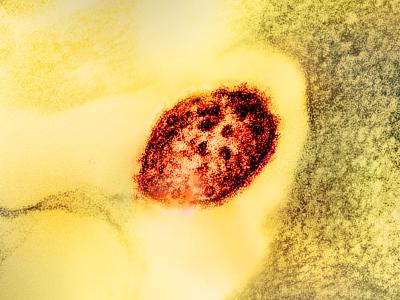A new study conducted in Italy reveals a reduction in long-COVID burden 7 months following the acute phase. The study, published in BMC Infectious Diseases, also shows that one-third of patients experienced long-lasting symptoms during almost 2 years of follow-up.
The study was based on the outcomes of 853 hospitalized COVID-19 patients and outpatients who had at least one follow-up visit after acute infection at San Paolo Hospital of the University of Milan from February 2020 to June 2023,.
The average age of patients was 62 years. Overall, 64.6% of the participants showed signs of persistent COVID at 3 months, 36.4% at 7 months, and 30.4% at 26 months.
Fatigue, respiratory symptoms, brain fog, and chronic pain were the most common post-COVID conditions (PCCs) noted in follow-up visits. Loss of smell and taste were persistent symptoms seen only in patients infected with the original 2020 strain of the virus.
“While anosmia/dysgeusia is prevalent in the first post-acute period, fatigue, respiratory sequelae, and to a lesser extent, brain fog emerged as the predominant long-term PCC phenotypes,” the authors wrote.
Infection in first pandemic wave tied to long COVID
A number of factors were associated with persistent symptoms, including female sex and longer hospital stay. But acute infection in 2020 was the factor most associated with long COVID after adjusting for sex, disease severity, and preexisting conditions.
Having had SARS-CoV-2 infection during the first pandemic phases appears to be associated with persistent PCC.
“Having had SARS-CoV-2 infection during the first pandemic phases appears to be associated with persistent PCC,” the authors wrote. This could be for a number of reasons, the authors said, including no vaccine history in that cohort and more severe clinical presentation.













